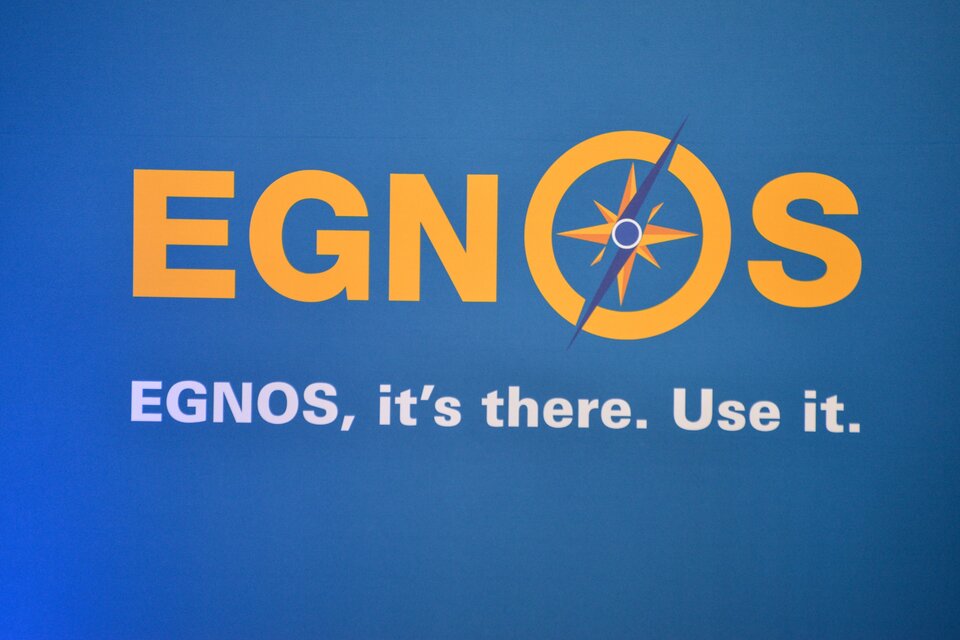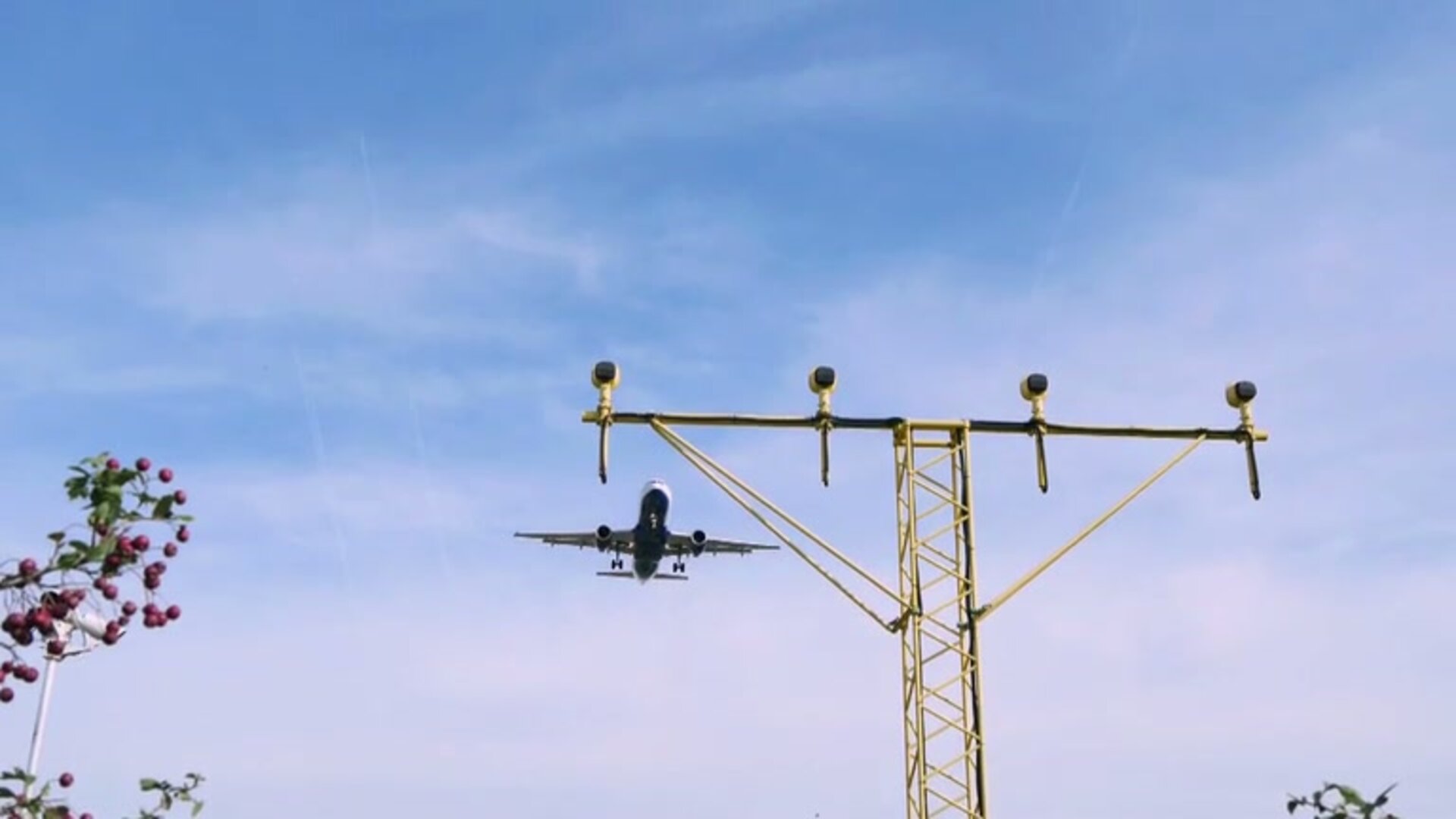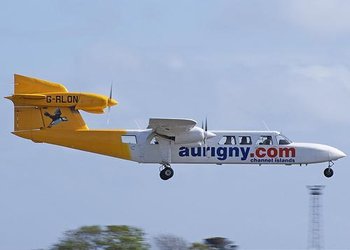EGNOS-based landings at Europe’s largest mainland airport
The maiden commercial flight of the new Bombardier CS100 airliner this summer made use of the EGNOS satnav augmentation system for landing at Europe’s largest mainland airport.
Acquired by Swiss International Air Lines, the Canadian-built CS100 medium-haul aircraft flew for the first time from Zurich to Paris Charles de Gaulle on 15 July. The CS100 avionics suite supports the use of EGNOS and other regional Satellite Based Augmentation Systems such as the US Wide Area Augmentation System (WAAS) as standard.
Its landing made use of the LPV-200 procedure enabled by the European Geostationary Navigation Overlay Service (EGNOS), which sharpens satnav accuracy and reliability within European territory, allowing its pilots to take it down to 60 m above the ground for a final go/no-go decision on continued landing descent. LPV stands for ‘localiser performance with vertical guidance’.
Such LPV-200 landings are usually enabled by costly ground-based Instrument Landing System (ILS) infrastructure. With EGNOS it can all be done cheaply and flexibly from space, once an approach procedure has been formally approved for a given runway end by the appropriate national authority, in this case the French Air Navigation Service Provider DSNA.

Charles De Gaulle airport had its EGNOS LPV-200 approaches implemented on 3 May – the first such approaches in Europe, flown on that occasion by an Airbus A350 XWB, a Dassault Falcon 2000 and an ATR 42-600.
Designed by ESA and overseen by the GSA European Global Navigation Satellite System Agency, EGNOS improves the precision of US GPS signals over most European territory, while also providing continuous and reliable updates on their ‘integrity’.
A 40-strong network of ground monitoring stations performs an independent measurement of GPS signals, so that corrections can be calculated and then passed to users immediately via a trio of geostationary satellites. A several-fold increase in precision is therefore delivered.
The result is that the EGNOS-augmented signals are guaranteed to meet the extremely high performance standards set out by the International Civil Aviation Organisation standard, adapted for Europe by Eurocontrol, the European Organisation for the Safety of Air Navigation.

The signals from space can therefore be relied on routinely for the safety-critical task of vertically guiding aircraft during landing approaches.
Today, more than 170 European airports in 19 countries use EGNOS, projected to increase to 346 in 25 states by 2020 according to Eurocontrol.
LPV-200 represents an enhanced EGNOS service level from standard EGNOS approaches. GSA has announced it is funding 14 projects across Europe to encourage the implementation of EGNOS and LPV-200 procedures, involving their design, development and implementation at several European airports, heliports and aerodromes.


Access the video














 Germany
Germany
 Austria
Austria
 Belgium
Belgium
 Denmark
Denmark
 Spain
Spain
 Estonia
Estonia
 Finland
Finland
 France
France
 Greece
Greece
 Hungary
Hungary
 Ireland
Ireland
 Italy
Italy
 Luxembourg
Luxembourg
 Norway
Norway
 The Netherlands
The Netherlands
 Poland
Poland
 Portugal
Portugal
 Czechia
Czechia
 Romania
Romania
 United Kingdom
United Kingdom
 Slovenia
Slovenia
 Sweden
Sweden
 Switzerland
Switzerland































